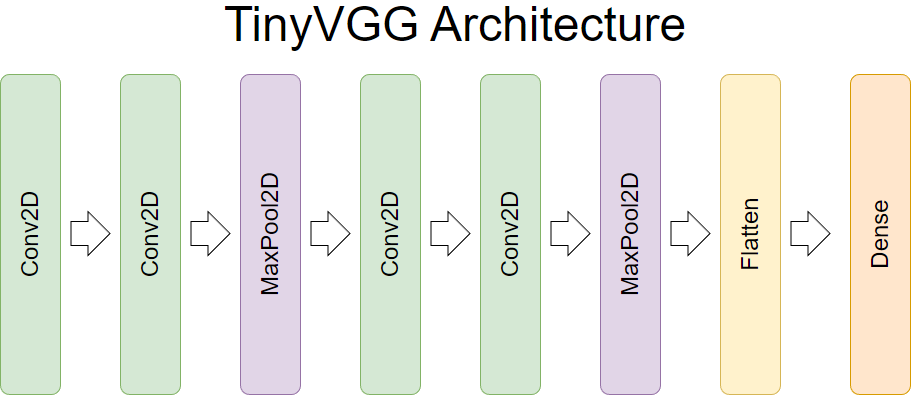In this project I have created a ML model which will predict different clothes given in FashionMNIST database leveraging the power of PyTorch. If we input a greyscaled image of size 28x28 in the form of tensor the model will predict the cloth item with an accuracy around 88%-90%.
For this project we have used the fashionMNSIT data which is available at torchvision datasets. You can view the data in this repository.
-
Exploratory Data Analysis
In this process we briefly analyzed the data, checked for any null values or missing points in the data. We found that the size of the tensor is of the form [1 ,28 ,28] representing the color channels(here only gray), width and height.
-
Model Training
The model was trained using nearly 86% of the data and divided the data into batch of size 32. The loss function used was Cross Entropy and we used stochastic gradient descent optimizer. To train the model we have used Convolution Neural Network with TinyVGG architecture
-
Model Evaluation
The Performance of the model was done using Torchmetrics accuracy and by creating. The accuracy metrics showed an accuracy of nearly 90% which is suitable for solving real life problems
confusion matrix
The model was saved using pyTorch's save method which saves models in pickle format. It can be easily accessed using pyTorch's load method
How to Load and Use the Saved Model
After downloading the saved model file (student_scores_model.pth), you can load it in PyTorch and use it to make predictions. Follow the steps below:
-
Make sure that PyTorch is installed or else install using pip
pip install torch
-
Create an instance of the class from model.py
from model import FashionMNISTModelV0 model_0 = FashionMNISTModelV0(1,10,9)
-
Load the state dictionary of the model
model_0.load_state_dict(torch.load(f="models/fashion_mnist_model_v0.pth")) model_0.to("cuda") #if you have any device preference
-
Make Prediction
from model import make_predicion prediction = make_prediction(model_0,img) #img - image in Tensor of shape [1,28,28] #This will return a value from 0 to 9 which are labels in our data



